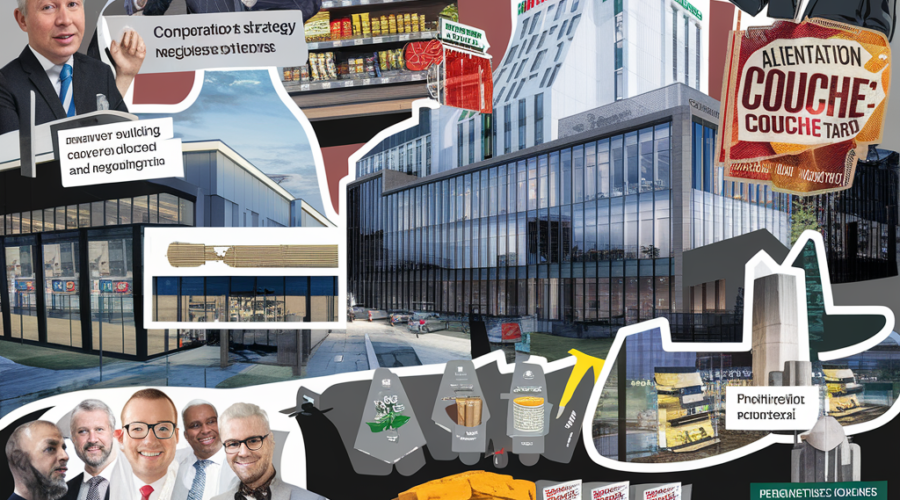- Strategic Positioning: 7-Eleven’s potential acquisition by Alimentation Couche-Tard for up to $47 billion highlights the intense competition and consolidation in the convenience store market.
- Consumer Trends: Evolving consumer preferences for healthier options, sustainability, and digital innovation are driving strategic shifts in the convenience retail landscape.
- Portfolio Optimization: 7-Eleven’s plans to close 444 underperforming stores and open 500 new modernized locations with in-store restaurants and premium products demonstrate its focus on optimizing its store portfolio.
- Competitive Landscape: Major players like Circle K and BP are aggressively expanding, forcing 7-Eleven to adapt and innovate to maintain its market dominance.
- Regulatory Considerations: Any potential acquisition would need to navigate antitrust regulations to ensure the combined entity does not significantly reduce market competition.
- Economic Factors: Inflationary pressures and changes in commuting patterns are influencing consumer spending habits, impacting the performance of convenience stores.
- Digital Transformation: The integration of technology and digital offerings, such as personalized shopping experiences, is a key driver of growth and brand relevance in the convenience retail industry.
- Lessons from the Past: Previous acquisitions like Walgreens’ purchase of Duane Reade highlight the value of integrating pharmacy services with convenience retail, offering a blueprint for future strategic moves.
- Future Outlook: The convenience store market is expected to evolve with a focus on quality over quantity, driven by profitability, efficiency, and the integration of innovative technologies.
- Conclusion: The race for 7-Eleven exemplifies the competitive dynamics shaping the future of convenience retail, underscoring the importance of strategic portfolio optimization, digital innovation, and adapting to changing consumer preferences.
7-Eleven Race: Competing in the Convenience Store Landscape





